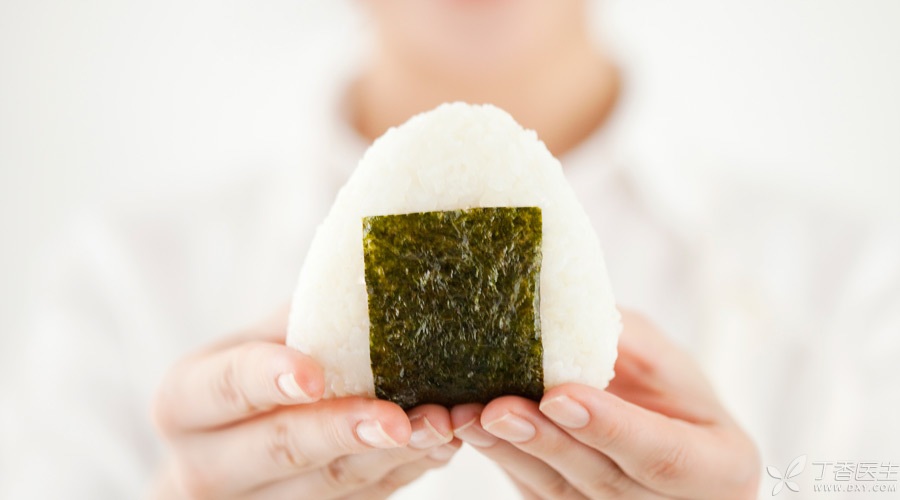
The obesity rate of Japanese nationals is relatively low. Is this related to their habit of eating cold food, especially cold rice balls and sushi?
Maybe there is some truth.
The answer lies in the change of [starch]
The most abundant ingredient in rice is starch, which is divided into [amylose] and [amylopectin]. In food, many starch molecules gather together to form [starch particles] one by one.
Step 1: starch gelatinization
When heated and cooked, these starch particles gradually come out of the particles due to [water absorption and expansion], and dissolve into water, and the starch becomes pasty. This process is called gelatinization.
This is true of rice and rice porridge, but the water content of rice is relatively low and looks like solids.
At this time, when rice is eaten into the stomach, amylase can freely decompose starch molecules until they become glucose molecules, which are then absorbed by the human body to supply energy.
Change Step 2: Starch Aging to Generate [Resistant Starch] with 0 Heat
However, if rice is put in the refrigerator, amylose molecules will become [crystals] under low temperature conditions (such as refrigeration temperature). Although amylopectin can also form this [crystal], its formation ability is far less than that of amylose.
These crystals can [resist] the decomposition of amylase and will not be digested into glucose in the human body, so they will not be absorbed by the human body and will not generate heat. All of them are called [aged starch] or [resistant starch].
From this perspective, [cold rice helps to lose weight] is theoretically valid.
Because of the formation of resistant starch and the low temperature, such rice will become very hard and hard. I think anyone who has eaten cold rice knows that it really takes some courage to swallow it.

The more glutinous and sticky the rice, the less likely it is to age.
What needs to be known is that how much calories are reduced depends on the proportion of aging, and aging resistant starch comes from amylose.
There are tens of thousands of different kinds of rice in the world. The composition of starch in different varieties of rice may vary greatly.
- Glutinous rice: Glutinous rice with low amylose content, such as glutinous rice with amylose content below 1%, has a pitifully low aging rate. Non-glutinous rice: Even rice with high amylose content, such as long-grain rice, with more than 20% amylose, only a small part of it is aged.
Add coconut oil to cook, can the heat be halved after refrigeration?
At the annual meeting of American chemistry in March 2015, a professor and his students from Sri Lanka reported their [major discoveries]:
When cooking rice, add coconut oil, which is about 3% of the weight of rice, and refrigerate for 12 hours after cooking, which can reduce the heat content of rice by 50%.
The professor explained that the addition of coconut oil promoted the formation of resistant starch.In the experiment, 38 different kinds of rice were tested, and the reported caloric reduction was actually 10% ~ 12%. This degree of caloric reduction is also considerable, but not 50%.
Only at that time, as a report of the meeting, he finally made a look forward:
If it is for the best rice variety (with the highest proportion of straight chain), it is possible to reduce the heat by 50% ~ 60%.
However, this beautiful prospect of [painting pie] naturally attracted attention. At that time, many media from the United States to the world made enthusiastic exaggerated reports.
It is worth noting that this is only a meeting report and has not published complete data and papers, which is not consistent with the research conclusions published by other scholars. Its authenticity and reliability have yet to be reviewed by peers.
However, those who can eat hard rice refrigerated for 12 hours will definitely have better weight loss effect by using this courage and hard-working spirit to control diet and increase exercise.
